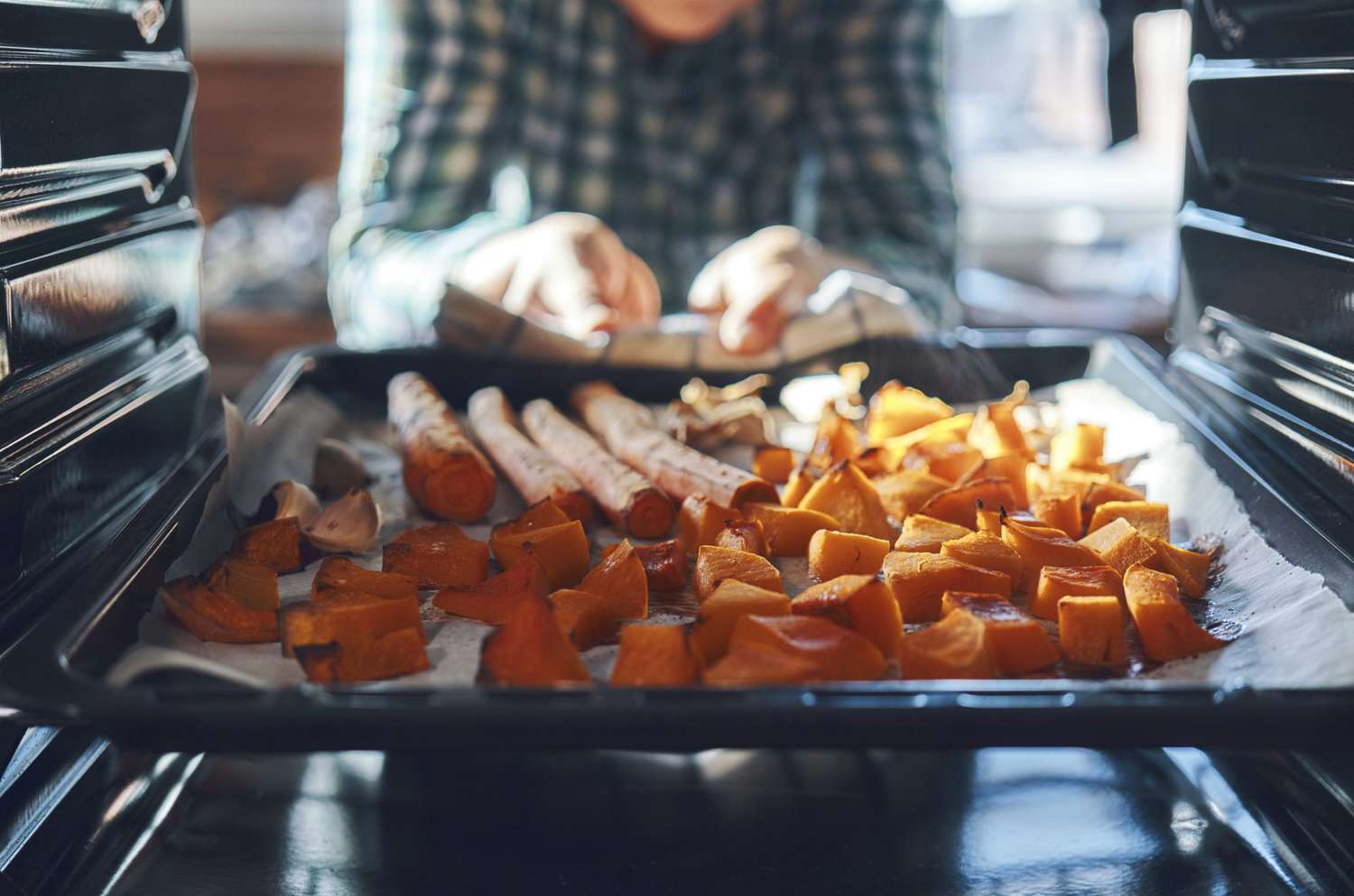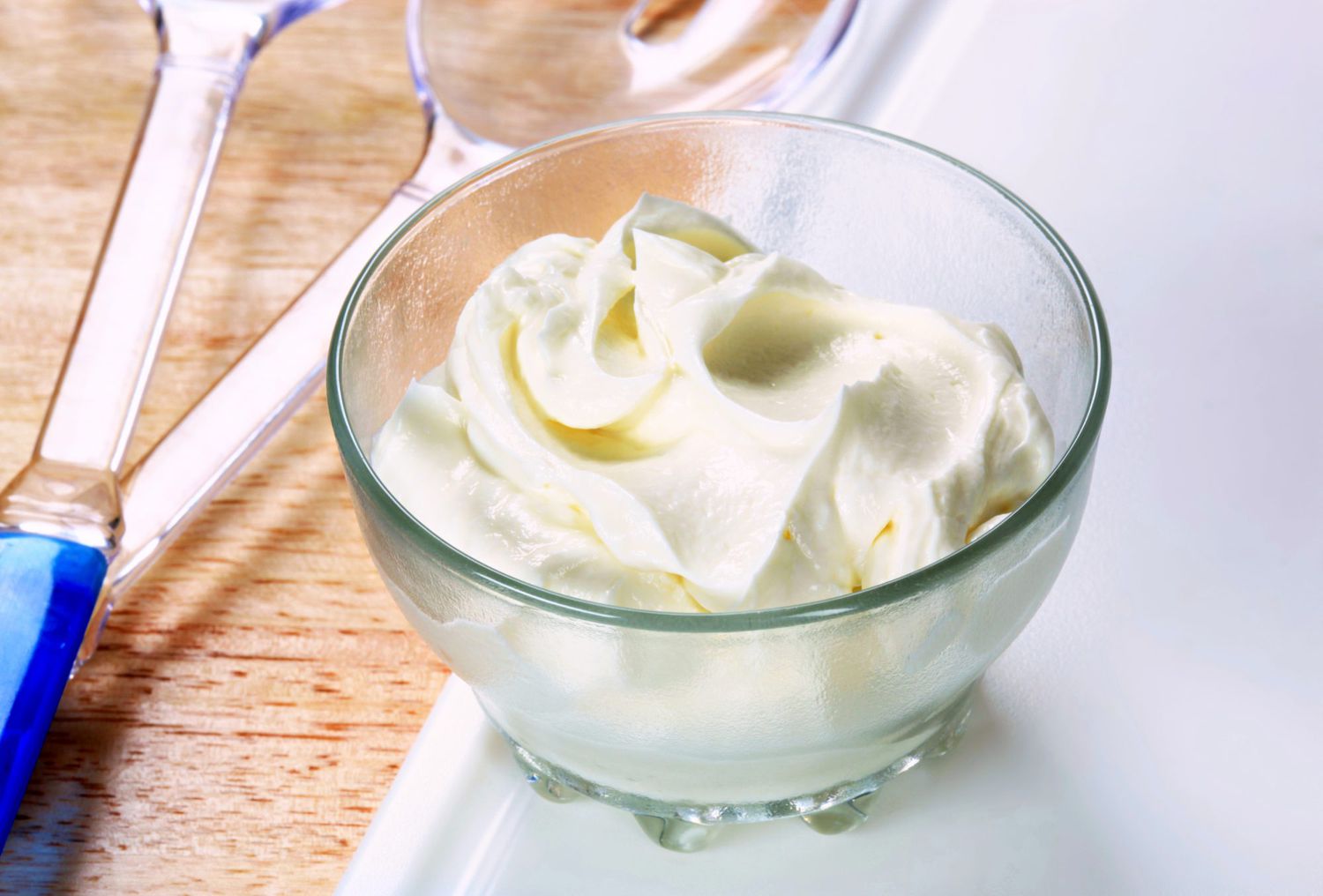New kitchen tools can make us all skeptical, do we really need another item? When it comes to mortar and pestles, the answer is 100% yes. Not only does it look great perched atop the kitchen windowsill, it’s also a tool that saves a lot of time and yields a finished product that can’t replicated. Learn more about this age-old tool and its many uses here.
What Are a Mortar and Pestle?
You’ve probably seen a heavy bowl-like object with a big, stone club sitting inside it; those are a mortar and pestle. The mortar is the bowl, and the pestle is the club. You can find them made of stone, like granite or marble, or other materials like ceramic or wood. Mortar and pestles are great tools to mix, grind, smash, pulverize, and pound both wet and dry ingredients.
A mortar and pestle are among the oldest tools, and they’re not limited to the kitchen. Pharmacists historically have used mortar and pestles to mix medicines They’re also used in chemistry and in the beauty industry to combine pigments. They date back to the Stone Age and were used to break down foods like nuts and fruits into edible parts.
They come in sizes perfect for a single clove of garlic all the way up to larger sets that could comfortably accommodate a melon. When shopping for a mortar and pestle for home kitchen use, the most versatile will be relatively smooth in texture, about four to six inches in diameter, and made of granite or marble.
Mortar and pestles appear across many different cultures and sometimes have different names or specialized uses. A common type you’re likely to come across is a molcajete. Not to be confused with the dish of the same name, a molcajete is traditionally carved out of a specific kind of volcanic rock and dates back past the Mayan and Aztec cultures. They differ from most other mortar and pestles that you’ll find by the inclusion of three legs carved into the bottom and their rougher interior texture.
How to Use a Mortar and Pestle
Your first instinct with a mortar and pestle might be a brute force approach: unbridled smashing. While this might get out some anger from the week, it will, unfortunately, yield an uneven texture and make a big mess.
The best technique with a mortar and pestle is to think of the pestle as a tool to grind your ingredients into the base of the mortar. Use the pestle to scrape everything off the sides and into the middle, then gently but firmly press and rotate the pestle, twisting around the base of the mortar. A circular, rocking motion can also be helpful, especially with wet ingredients.

Get the recipe:Guacamole
Things to Make With a Mortar and Pestle
Spices: One of the oldest foods to be smashed in a mortar and pestle, grinding whole spices is still one of the best things you can do. You can even make your own spice blends at home! The irregular grinding of a mortar and pestle release the fragrant oils in whole spices.
Ground spices from the grocery store can be stale and old; grinding them from whole in mortar and pestle unlocks a whole new world of flavor. Pro tip: try briefly toasting them in a pan first to really get the best bang for your flavor-buck. You can even make your own infused salts — think citrus zest or hearty herbs like rosemary and thyme.
Garlic: Sticky, smelly garlic hands are a thing of the past. Make perfectly smashed and pureed garlic in less time than it takes to get the knife and cutting board out.
Pesto: In the Genovese tradition, basil pesto is technically made in a mortar and pestle. This is an excellent example of a mortar and pestle’s range — making pine nuts into a paste, pulverizing garlic, releasing the oils of fresh herbs, and creating an emulsion with the herbs, cheese, and oil.
This is a recipe that is perfect for a mortar and pestle. And this goes for other, similar paste-like recipes. Chimichurri, gremolata, romesco, tapenade, curry paste, and more! Use your mortar and pestle to create flavorful sauces when a totally homogenous, smooth texture isn’t necessary.
Guacamole: A staple of Mexican cuisine, guacamole is often made in a molcajete. You can still make a stellar batch of guac with a regular mortar and pestle. Smashing the onion, jalapeno, and cilantro into the avocado develops great flavor, much better than a stirred-together version.
Mojitos: If you’re a fan of this lime and mint cocktail, you probably know one of the first steps involves muddling lime leaves. Well, traditionally, this drink was made with a mortar and pestle. Next time you’re mixing up a batch of this Cuban cocktail, try muddling the mint with a generous pinch of sugar in your mortar and pestle and prepare to be blown away by the flavors it brings out.

Get the recipe:Easy Mojitos for a Crowd
How to Season a Mortar and Pestle
Some mortar and pestles come pre-seasoned, which is a great choice if you don’t feel like going through the process. Stone models, like granite, marble, or molcajete, are made of natural materials and require some refining before being food safe. Non-porous materials like glass or ceramic don’t need any seasoning to get started. Simply give them a good, soap-less scrub, and you’re ready to go.
The first thing you should do when you pull your mortar and pestle out of the box is rinsed it with hot water. You can even fully submerge it for a bit if it looks particularly dusty. Remove any loose grit or dirt, then rinse and repeat until completely clean. Next, grind raw white rice into the mortar, looking for bits of grit or rock.
Once you’ve made a fine powder, discard it and start again, along with a splash of water in each subsequent batch. Do this until there are no particles or tinge of color in your rice. Finally, give your mortar and pestles a good scrub with a firm bristles brush and warm water, followed by a long rinse.
How to Clean a Mortar and Pestle
The best method of cleaning your new mortar and pestle depends on the material it’s made from. For versions made of porous rock like granite, a good scrubbing is your best friend. Once you’ve seasoned it, daily maintenance is a breeze. The most important thing is never to use soap on porous materials; soap and food coated in soap can get trapped in the holes and leave an unpleasant taste behind.
All you need is a firm bristled brush and a few solid minutes of elbow grease while running it under warm water. Just make sure to let it dry completely before stacking it or storing it.For ceramic or other smooth surfaces like glass or brass require little more than a few swipes with hot water and the abrasive side of the sponge.




